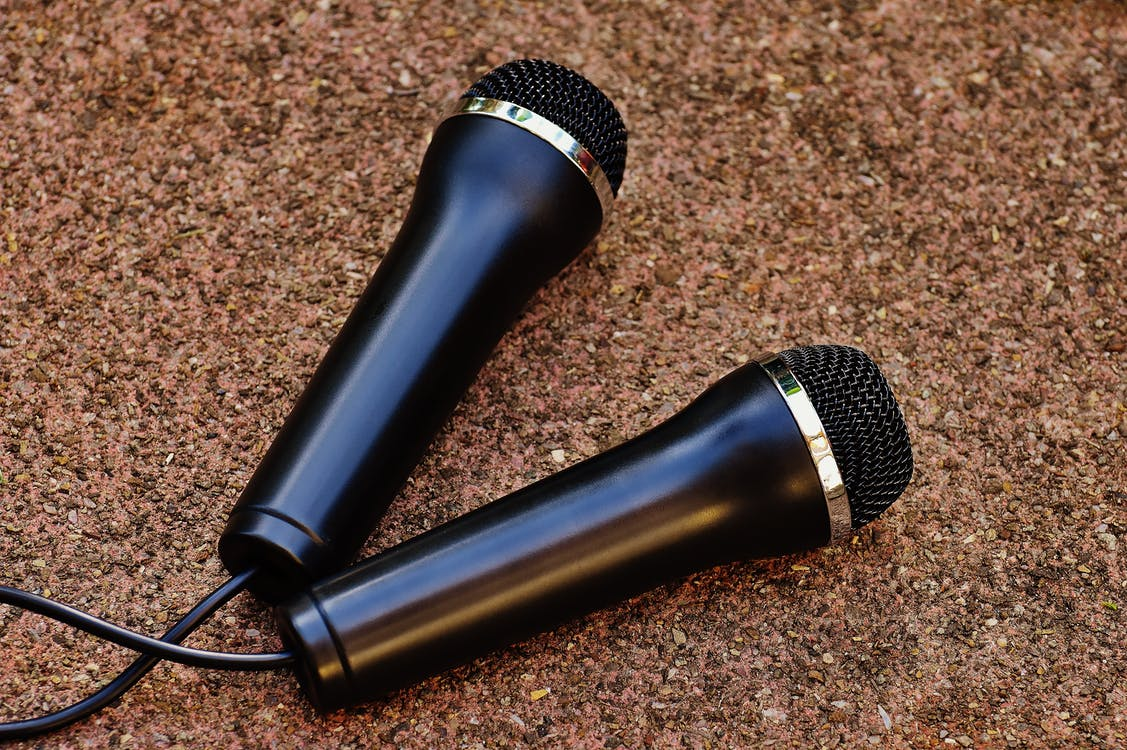Here’s why you should consider taking violin lessons. Read about it in the following infographic.

Interesting Strategies to Use in Singing Classes
The practice of singing can be dated back to the minstrels who sang tales of destructed cities and lost lands. Experts believe singing comes innately to man. They’ve done so for years. Singing has been used for ages to express emotions, interests, and aspirations. Some of the most known ballads were initially sung to audiences during festivities.
Modern singing is not as simple as it was some time ago. We have new modifications, strategies, and methods to tune voices and construct melodies. Try comparing the drawn-in classical singing patterns with modern singing styles. You’ll find the larynx to be a bit raised in modern singing as compared to classical singing styles.
Be it modern or classical singing, how do you teach a reluctant singer to begin singing in a class? Not sure how? Read the blog to find out interesting singing strategies instructors use in classes.
To enroll in singing classes right away, contact our representative at The Young Musician Music Institute.
Look At You
This strategy works like a warmer exercise for beginners. Remember if you have toddlers or beginners in the class, they might need the much-required confidence to begin singing. The first time you meet your students, take a mirror with you into the class. Though it’s a little vain, the strategy goes a long way to improve children’s confidence in their singing skills.
Make each student sing a simple song and observe their facial movements in the mirror. The technique helps students focus on themselves and their singing rather than on other students with them.
Meditation for a Free Mind
Be it a performer, a teenager, or a beginner, learners come to the class with cluttered brains. Their attention is diverted all around them. Music is a fine blend of full steps or tones and half steps or semitones. Besides, there are other elements like consonance, dissonance, notes, and more to it!
To have a focused mind pre-practice, your instructor asks you to meditate for some time. The instructor then begins their practice with a focused learning group. This is a common pre-singing practice in international music schools.
Want to enroll in a piano course alongside singing lessons? Opt for piano lessons with the Pop Rock vocals course at our Trinity College-affiliated school, The Young Musician Music Institute.
Mimicry to Differentiate Between Sounds
Experts have emphasized that mimicry can help distinguish different pitches and sounds. A teacher can use mimicry to help beginners understand the difference between a shrill pitch and a soft pitch or high notes and low notes. Mimicking gestures could be the first step toward differentiating between phonemes in a beginner-level classroom.
Makes sure you use known characters from the cartoons, movies, theater, and plays to appeal to your learners and to make music classes fun!
Practice Yawning
This is so fun! Did you know practice yawning works out your muscles and is a great practice to help your vocals relax and stay active! Yawning results in a relaxed jaw. It forces more air into your mouth and lungs, improving your singing.
Do it before your session to make your vocal cords ready for stretching.
Learning Singing through Broken Chords
Broken chords are used for mellower rhythms. They can be sung by a single person. Singing broken chords can be fun, especially in a class. Singers together can sing a G major chord. The G tone creates a calming sound. Calming tones are perfect for group singing practices.
It’s the easiest for beginners to confuse between musical tones and vocal tones. Know that both of these are different. Musical notes are what singers used to sing. Their singing tone refers to their quality of singing voice. Your singing tone can be nasal, breathy, deep, or brassy.
Not practicing singing enough can take a toll on your singing skills. Now perform and sing using an instrument in dim-lit theatres. With our singing lessons in Abu Dhabi. Connect with us to know more about our music diplomas at The Young Musician Music Institute.
There’s Hope in Repetition!
For beginners, it takes some time to secure a melody. If students are learning to sing through music notes, repetition can be a funway to make them sound melodious. Make them sing short phrases and half notes to get a grip on their vocal cord movement. Go with simpler songs like ‘Be My Echo’ here. Once you feel the student has taken to enjoying the song’s rhythm, give them a newer short note to practice!
Singing Together Helps
Whether you take singing lessons in a group or privately, singing back is essential. In small groups, this activity comes off as more fun! The instructor and the students work on a song together. The song is usually accompanied by a piano or a guitar.
The group then sings back the whole song (what they learned) back to the instructor. This can be a bit messy, yes! But students eventually realize their pitch is wrong if they fall out of line during the chorus singing.
It depends on the student if they prefer the classical singing style over how it’s done in pop music. Experts at the music school insist learners take at least one session each week to learn singing or an instrument. More dedicated learners can sit through Trinity-affiliated Rock and Pop exams at our music school in UAE.
Color Cues
For beginners to sing, they need to be extra familiar with the melody and its musical chords. Without the chord knowledge, there’s a progression in acing singing. Students are taught to remember the tune through the cue card game.
The instructors ask a student to sing until they’re shown a cue card. Instructors can use the “Pause Singing” and “Resume Singing” cue cards while the music continues in the background. This way, the student will be essentially made into singing the different tones within the background score.
This game is suitable for beginners who’ve been familiarized with the basics of music and singing. The instructor can make singing even more interesting if they know can play alongside on a piano. Instructor involvement is perfect to keep learners interested.
Sing for Your Friends!
Your music enthusiast beginners may have all the love for music but are they the ones who laugh out when they forget lyrics or continuously look down while they are singing? An instructor needs to find ways they can connect a beginner with their audience and with the music piece they are practicing.
There’s no better way to polish a singer than to make them sing for friends and family around them. The instructor can ask each learner to sing and play an instrument for a friend, a person they value, or a person they’d like to meet! The strategy works perfectly to bring out the best in a learner as a performer and as a music enthusiast.
For performance-oriented learning sessions, The Young Musician Music Institute is your best bet!
All our singing lessons and music courses are performance-based. Learners are asked to buy an instrument of their choice for learning. Students can take classical violin lessons, and rock and pop guitar lessons. They also have the advantage of sitting for Trinity certificate exams at our music institute.
To enroll in our courses, call us at +971 2 556 2080 / 6783550.



